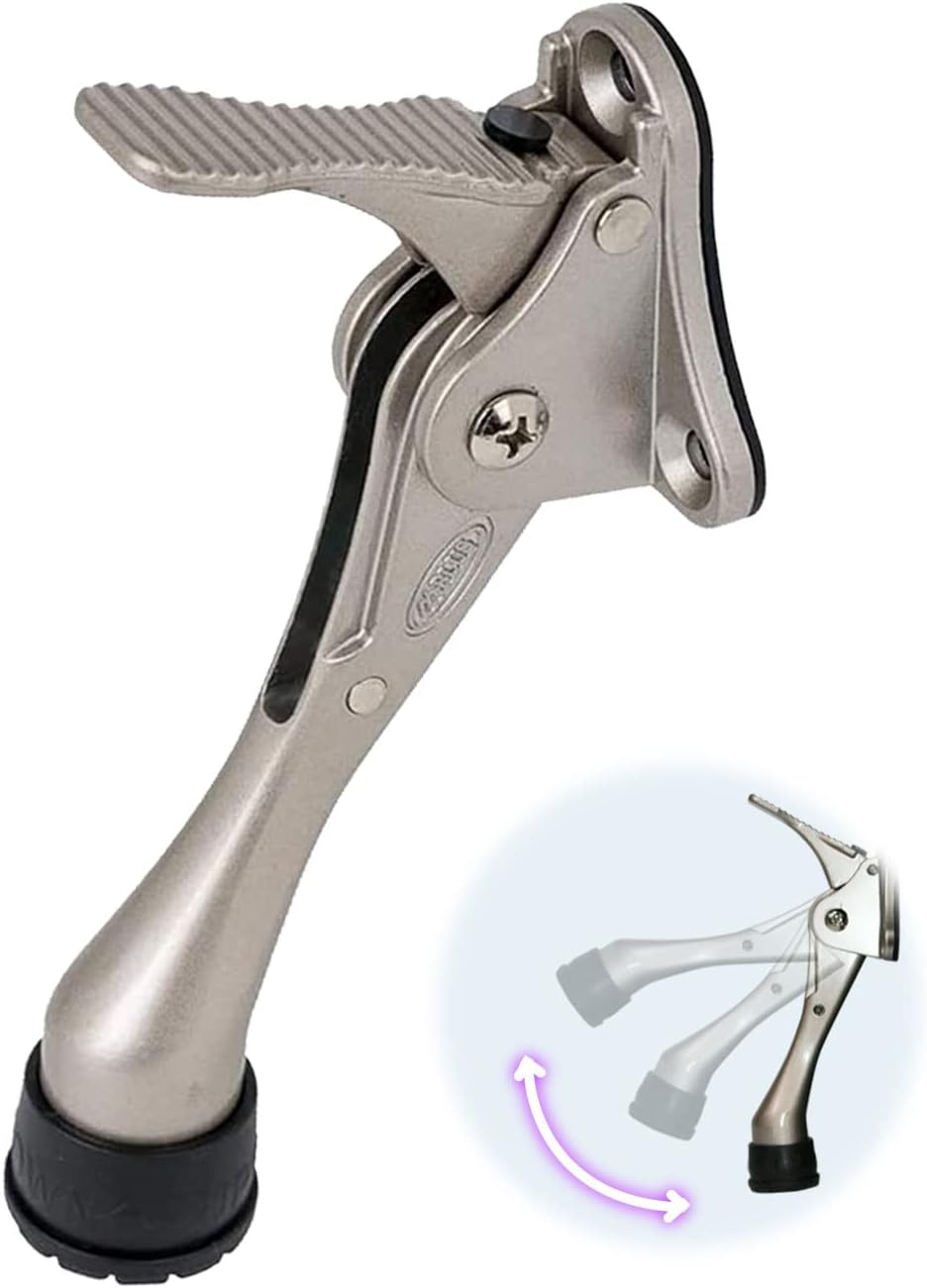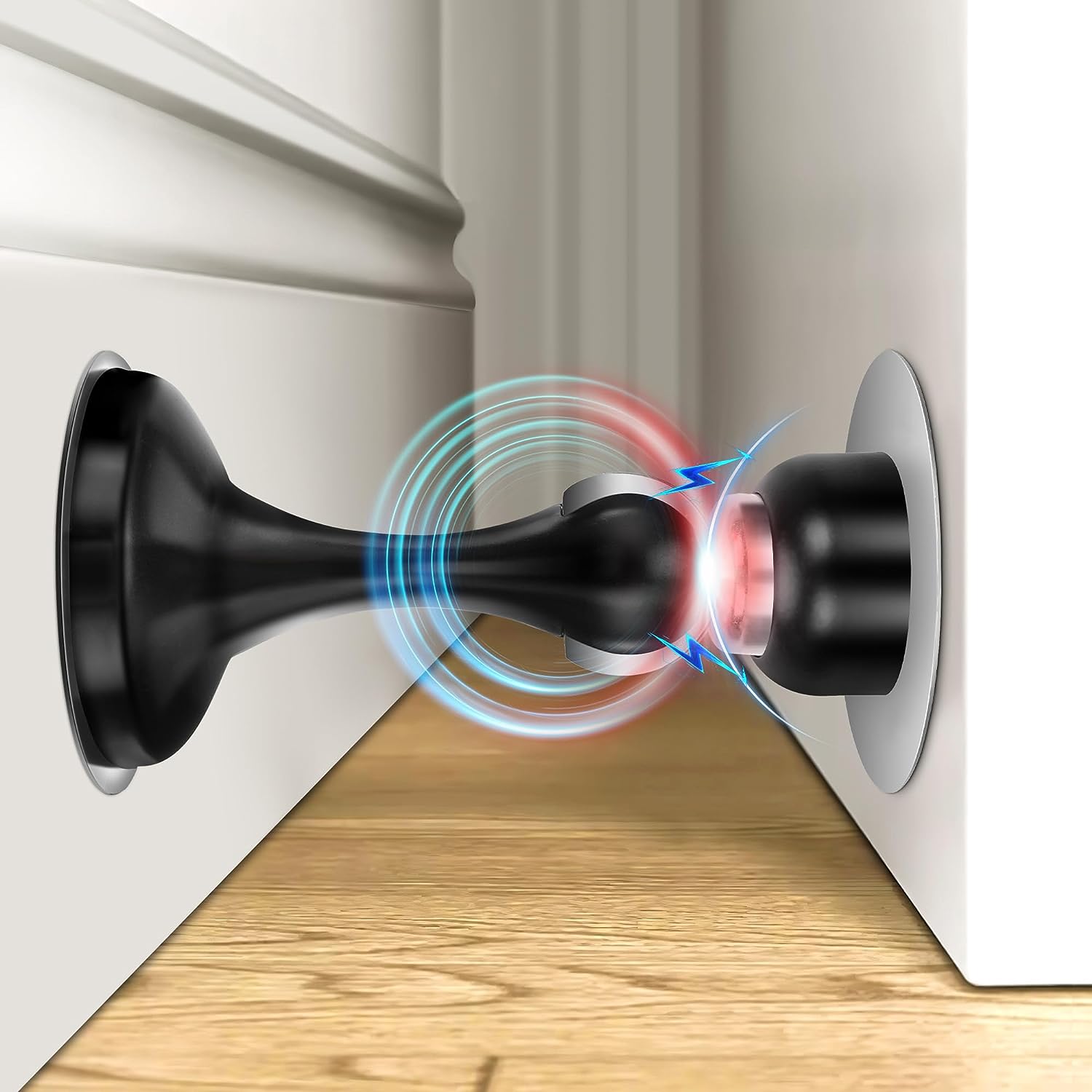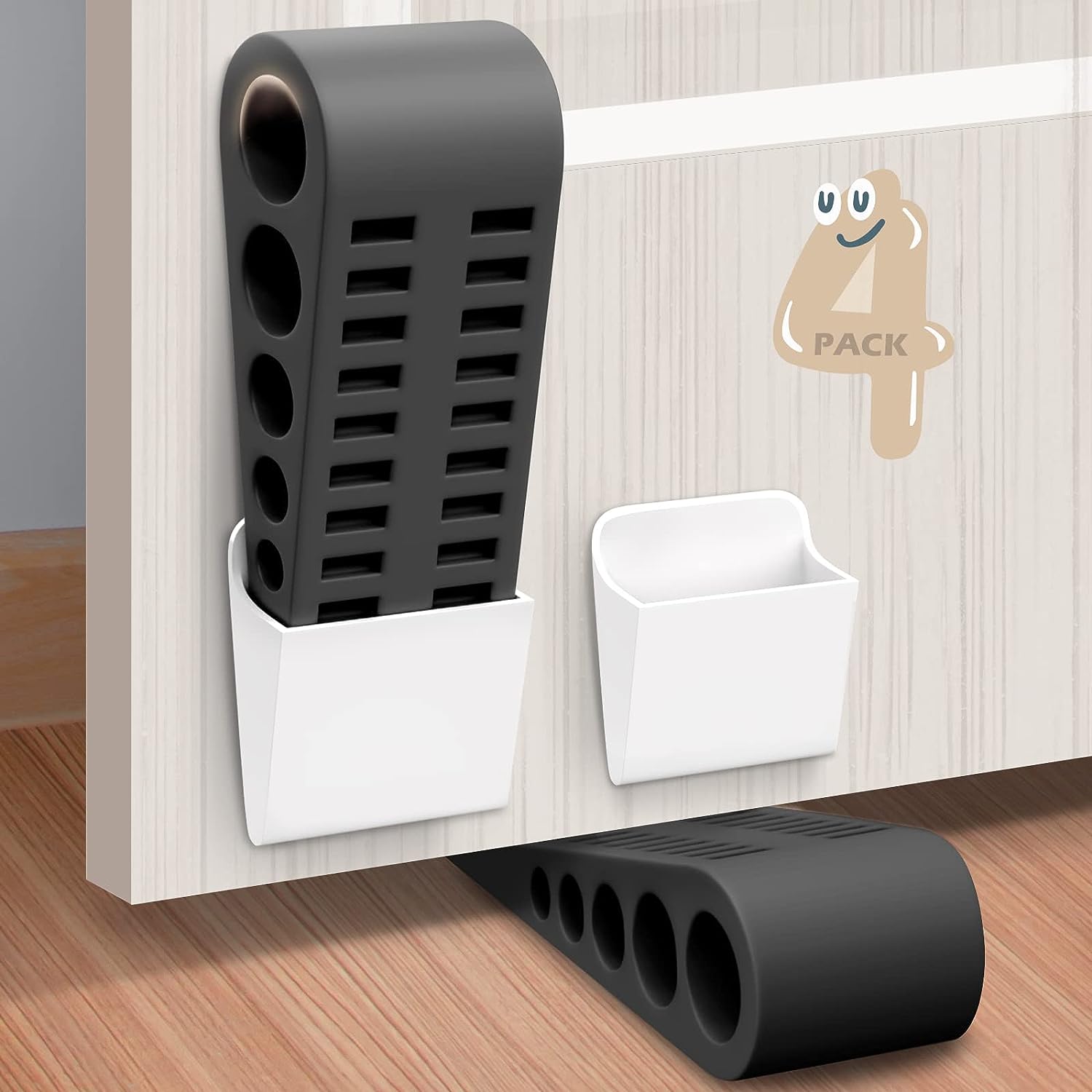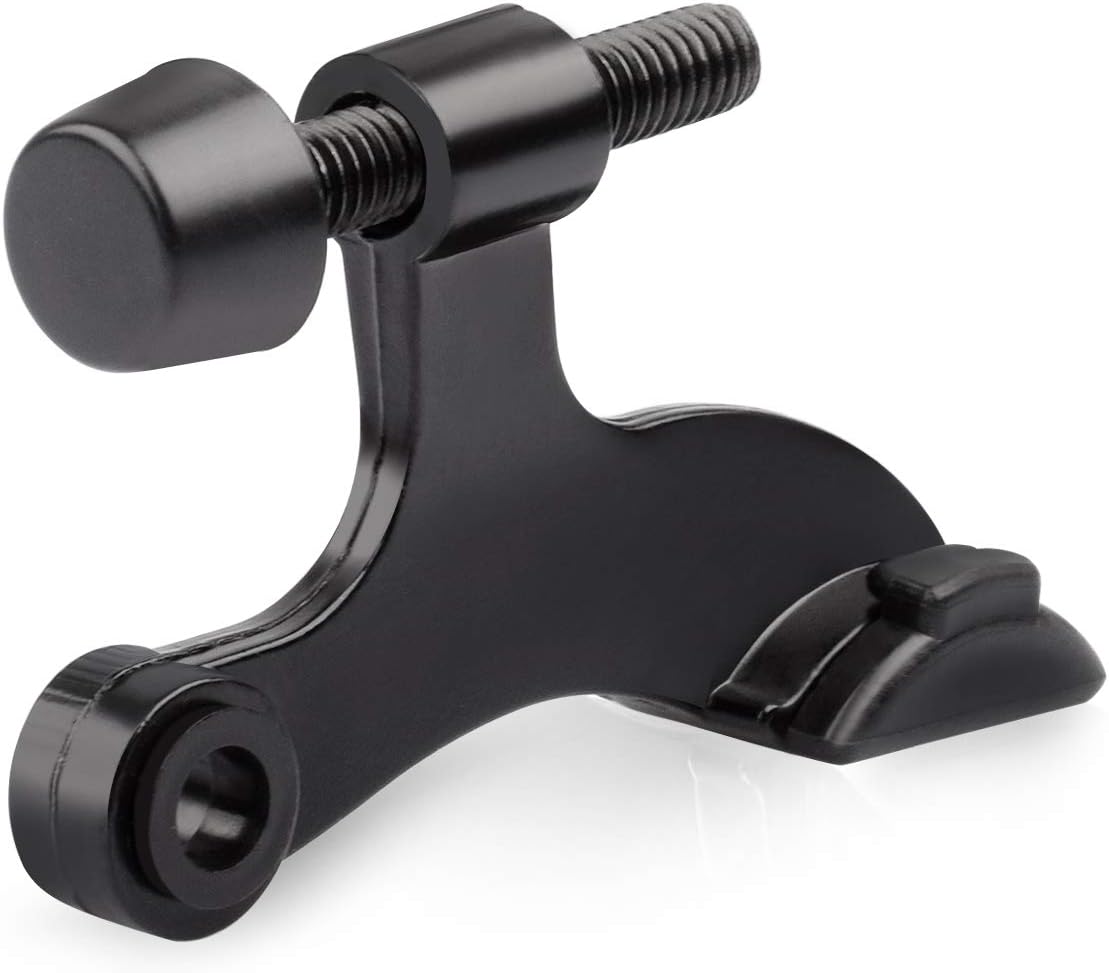Material Analysis of Oil Filter Wrenches: Exploring Diversity and Advantages
Steel
Steel is one of the to the highest degree common oil filter wring materials. It has good strength and durability and can withstand greater squeeze and pressure. Steel inunct filter wrenches are usually heat toughened to step-up their hardness and wear off resistance. This makes them to a lesser extent susceptible to deformation and wear during long-term utilize and capable to cope with various complex working environments. At the Lapp time, nerve is relatively cheap and suitable for mass product and supply. However, due to the higher density of steel, exploitation a steel oil filter wrench Crataegus oxycantha increase the weight of the tool and the fatigue of use.

Aluminum alloy
Aluminum alloy is some other green inunct trickle wring material. It has a lower density, goodness effectiveness and corrosion resistance. Aluminum alloy anoint filter wrenches are relatively lightweight and more accessible and wider to use. In addition, aluminum alloy has goodness energy conductivity, which can quickly dissipate heat during work and tighten the heat generated by friction. However, aluminum alloys have relatively low hardness and are susceptible to scratches and wear. Therefore, specialized attention needs to be professional to the strength and wear underground of the material when design and manufacturing aluminum alloy oil dribble wrenches to check the service life and performance of the tool.
Plastic/polymer
In recent years, oil dribble wrenches made of plastic or polymer materials have also begun to welcome attention. Plastic oil filter wrenches are usually successful of wear-resistant, high-temperature-resistant and chemical-resistant engineering plastics. The plastic oil filter wrench has good insulation properties and anti-slip properties, which can reduce hand out slippage caused by hand sweat and oil stains. In addition, pliant oil filter wrenches are comparatively lightweight, not well deformed, and will not scratch the rise up of the car. However, the strength and enduringness of pliant oil filter wrenches are relatively moo and cannot withstand unreasonable squeeze and pressure. Therefore, when selecting a plastic oil filter wrench, it inevitably to be evaluated based on the specific use environment and work requirements.
Composite materials
A composite is a material successful from a undefined of 2 or more different materials. It can unite the advantages of versatile materials and make up for their shortcomings. In oil trickle wrenches, common composite plant materials let in carbon fiber composites and glass fiber composites. carbon paper fiber composite materials have superior effectiveness and severeness and are lightweight, qualification them more suitable for high-intensity and high-frequency use. Fiberglass composites also offer good strength and durability while having a lower density, making tools lighter. Composite oil filter wrenches also volunteer better underground to corrosion and wear, extending the life of the tool. However, since the production and processing of composite plant materials are relatively complex and costly, they are besides comparatively expensive.
Other materials to explore
In addition to the green materials mentioned above, there are also some emerging materials that have begun to be explored and practical in the field of oil filter wrenches. For example, Tic debases materials have extremely high strength and undefined resistance, spell also having a low density, qualification tools lighter. The introduction of nanomaterials also brings new possibilities for embrocate filter wrenches, such as victimization nanoceramic coatings to improve the hardness and wear out resistance of the tool. The application of these new materials may further meliorate the performance and durability of embrocate filter wrenches, providing maintenance personnel with a more effective and convenient tool.
The material selection of your oil filter wring has a significant impact on the tool’s public presentation and durability. Steel, aluminum alloy, plastic/polymer, and composite materials are common inunct trickle wring materials, and each material has its own unique advantages and limitations. When selecting an oil trickle wrench, you need to weigh and judge it based on your specific use environment, job requirements, and subjective preferences. With the persisting advancement of science and technology, the undefined and application of new materials have also brought more possibilities to the development of anoint dribble wrenches. In the future, we put up look forward to further innovation and optimization of oil dribble wrench materials to ply maintenance staff office with higher tone and efficient tools.



